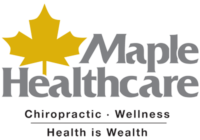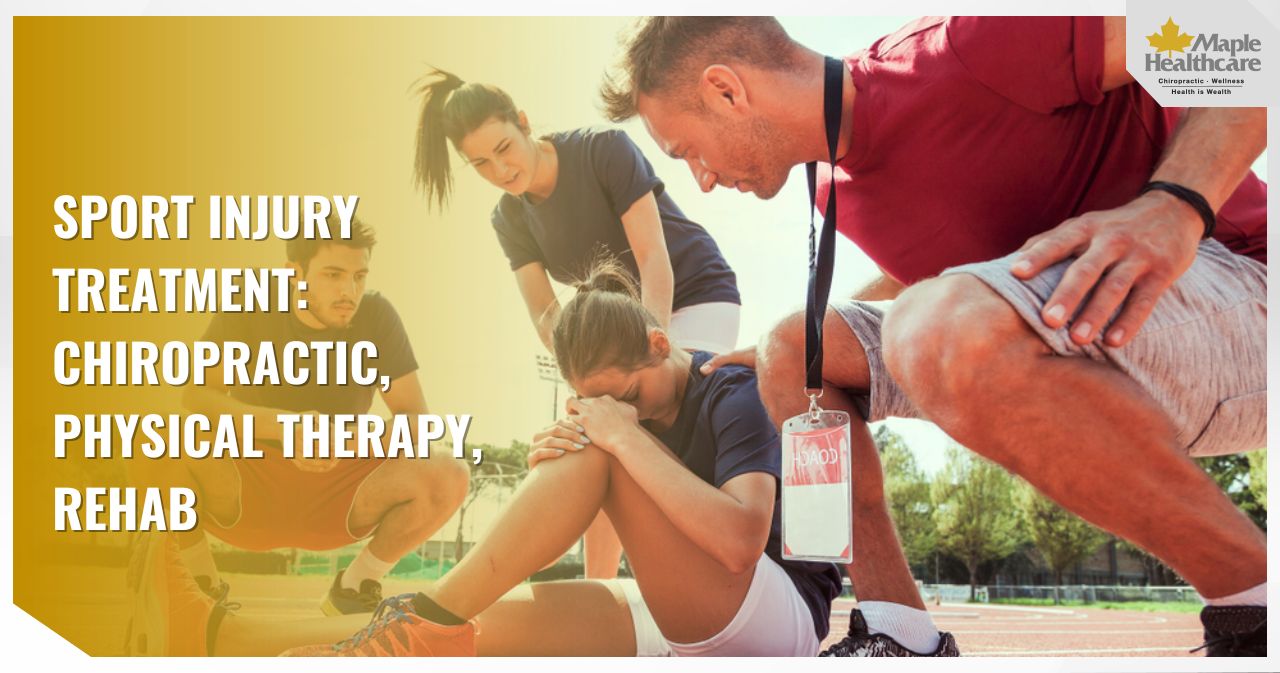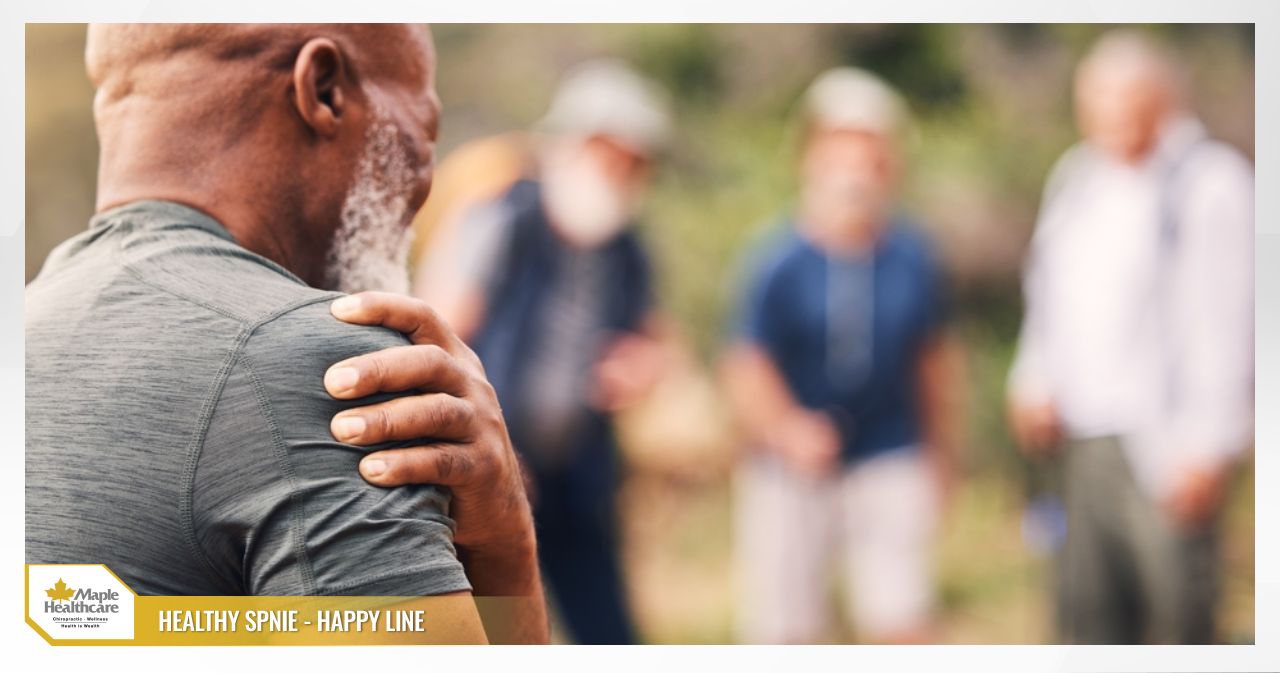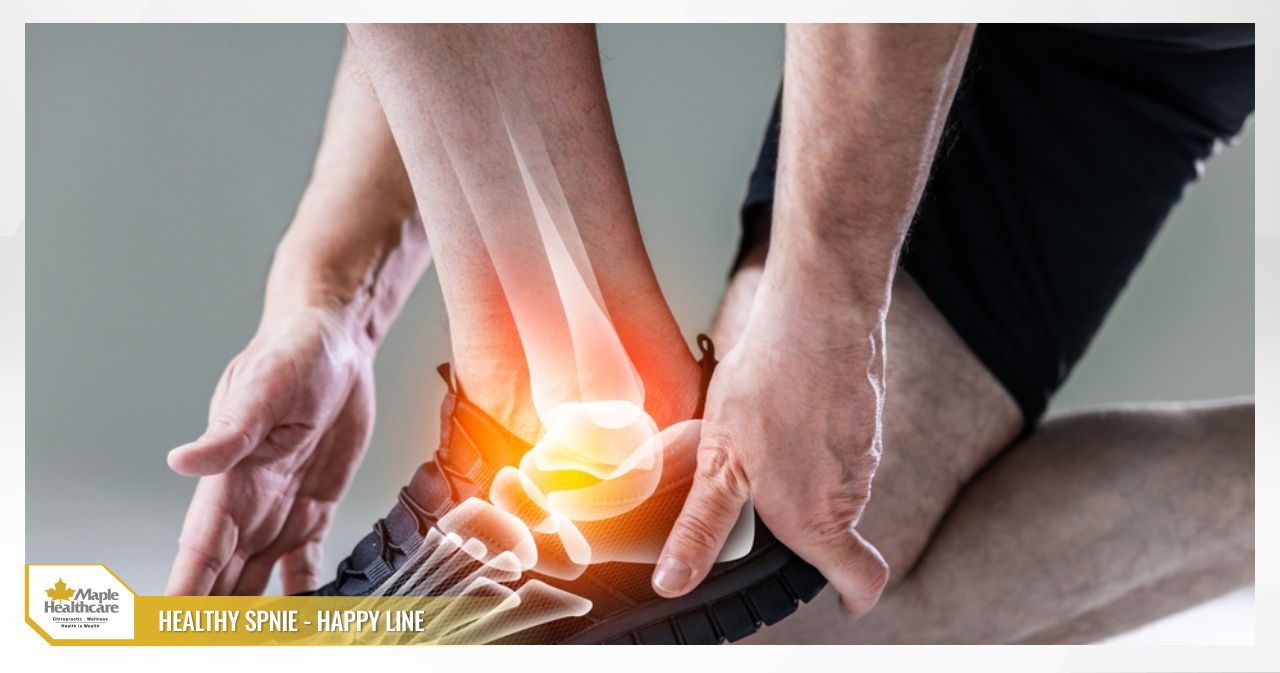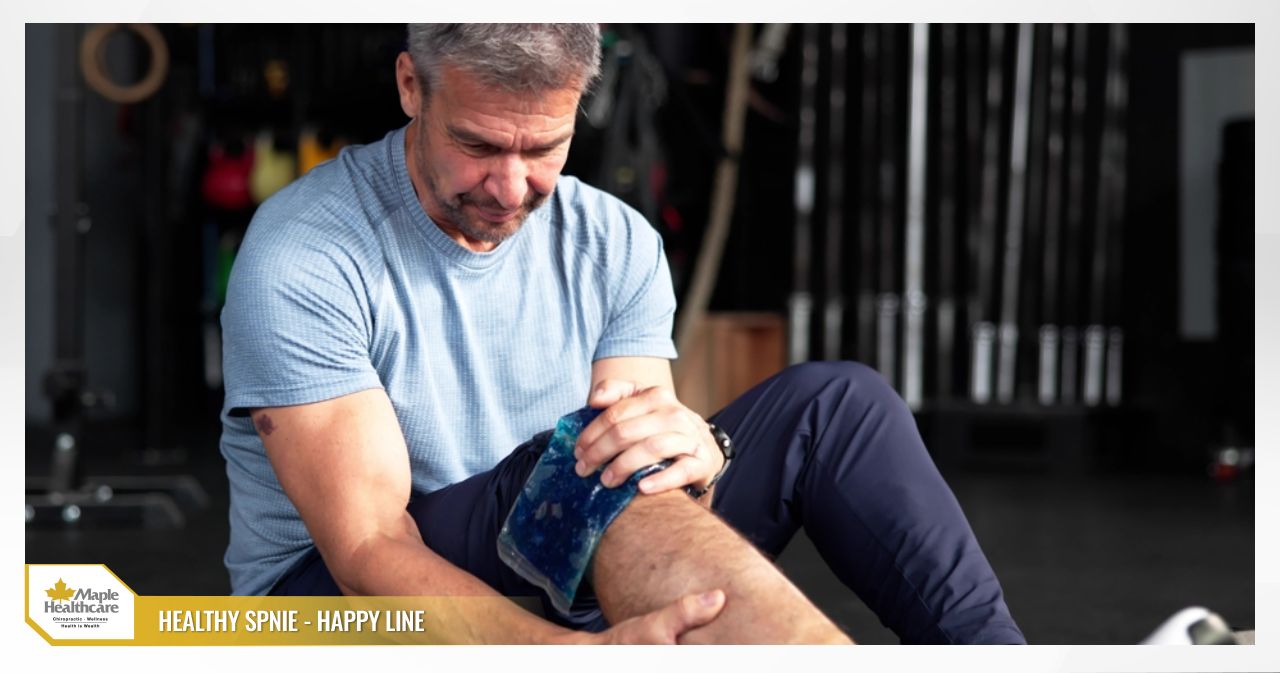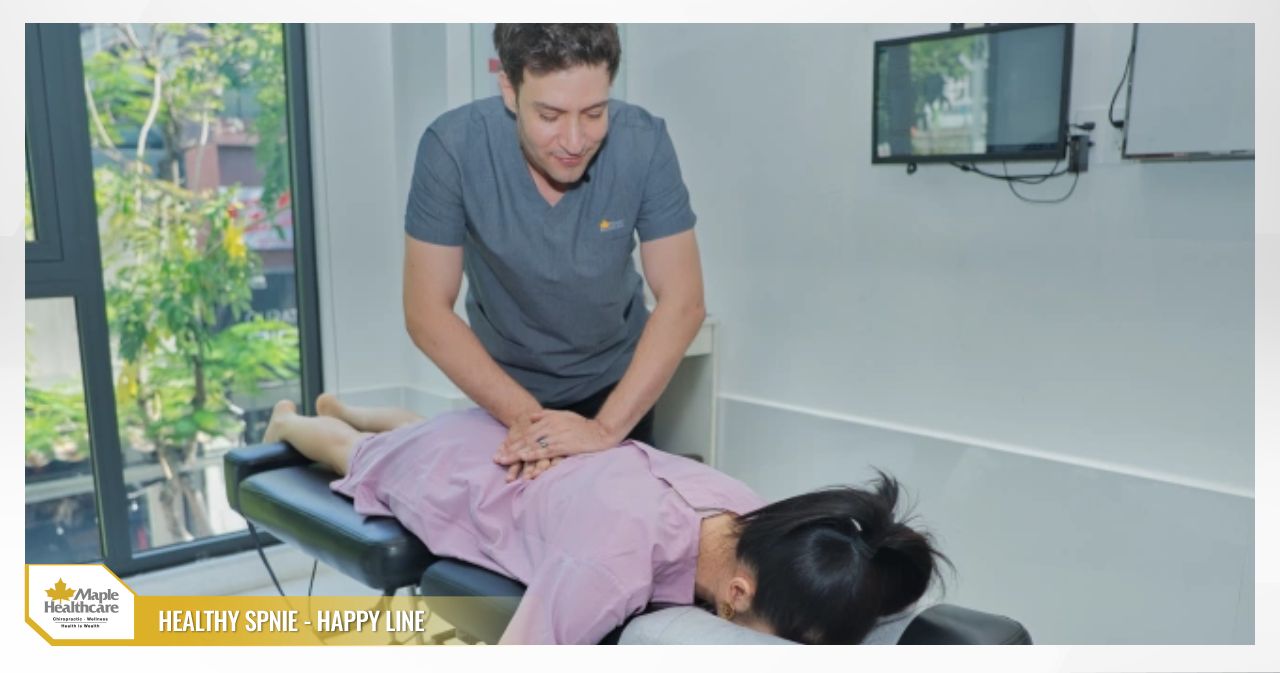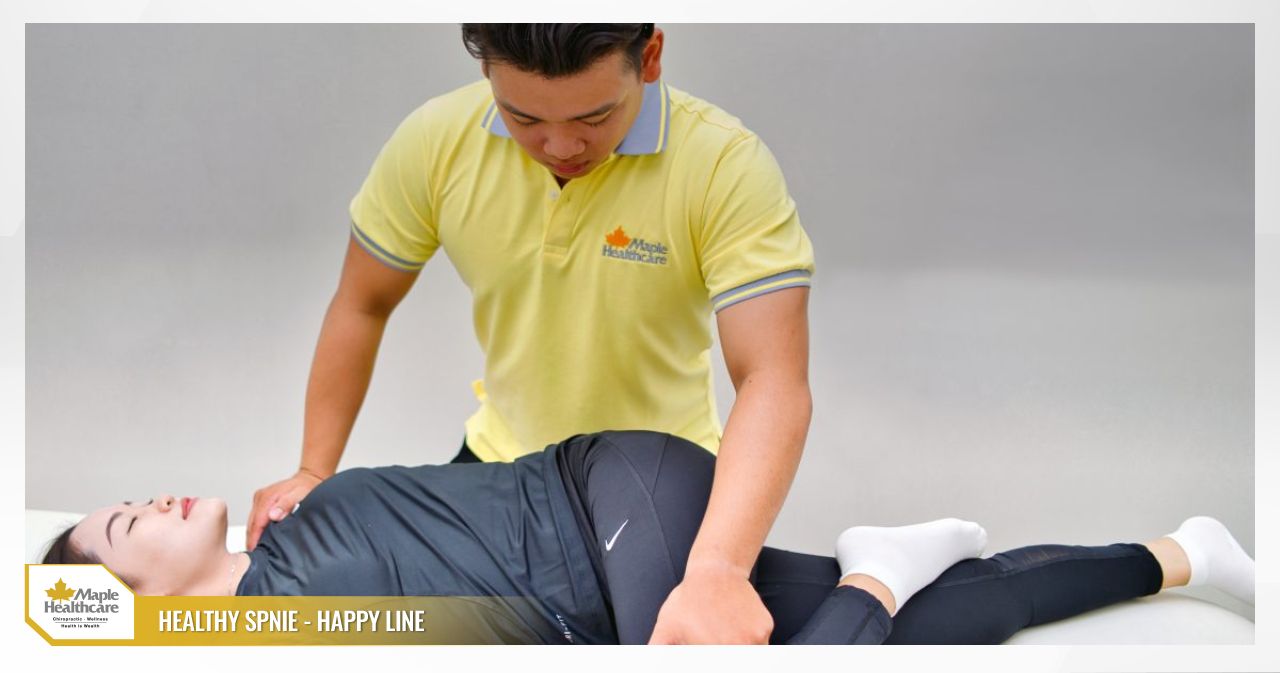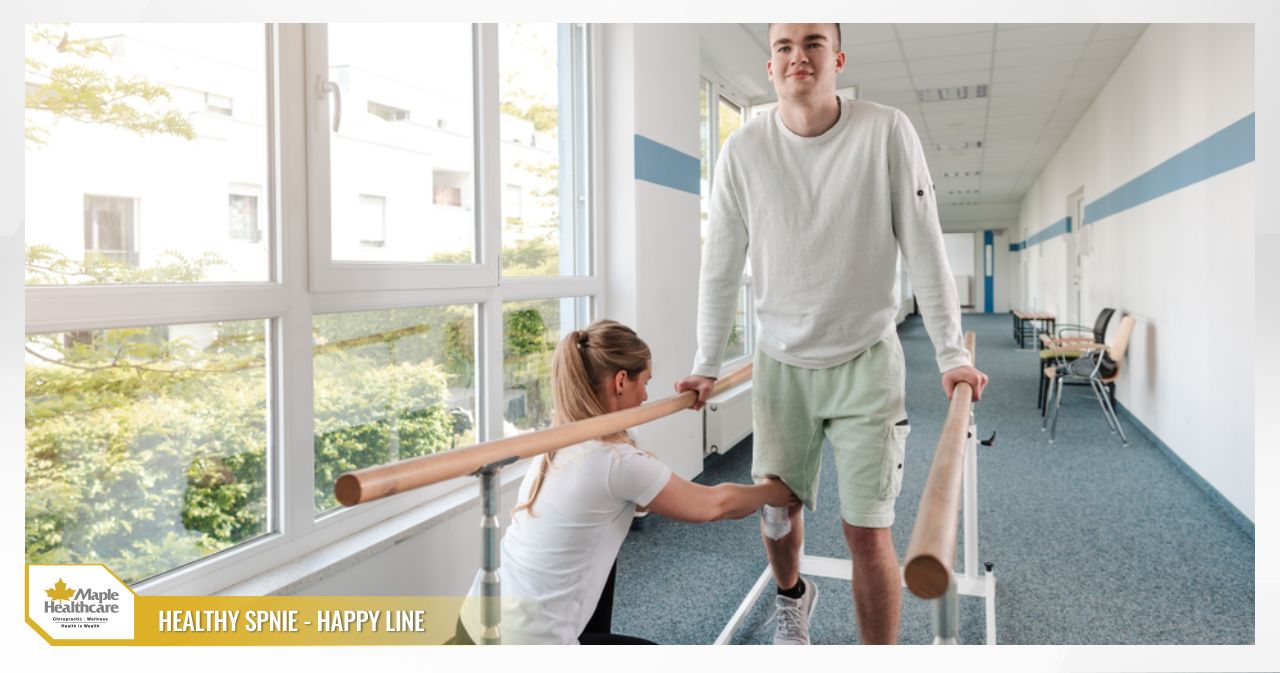Contact for consultation
Sports Injury Treatment: Chiropractic, Physical Therapy & Rehab
Sport Injury Treatment is a special branch of Chiropractic and Physiotherapy that deals mainly with preventing and treating the main injuries that come with playing competitive and recreational sports.
What to do if you suffer a sports injury?
Acute musculoskeletal pain warrants prompt, structured action. If you experience a sports injury, follow the steps below promptly.
- Immediate first aid to reduce damage: Stop activity immediately. Apply ice for 15 minutes with a thin barrier. Repeat every two hours on day one. Use compression and lift the limb. Avoid heat, alcohol, and deep massage in the first 24 hours.
- When to seek urgent hospital care: Attend emergency care for severe pain, deformity, or audible popping. Go immediately with numbness, weakness, or progressive swelling. Seek evaluation for suspected fracture, dislocation, head injury, or bladder issues.
- Noninvasive options (chiropractic, physiotherapy, rehab): Chiropractic care restores joint motion and reduces irritation. Physiotherapy prescribes graded exercise for golf elbow and flexibility work. Rehabilitation builds strength, balance, and sport specific control over time.
- Recovery support at Maple Healthcare: Clinicians take a full history and examine biomechanics. This framework helps you manage a sports injury effectively.
Common Sports Injuries Expats Face
New training routines in Vietnam can test unfamiliar muscles and joints. Heat and humidity change grip, stride, and hydration needs. Travel and work schedules shorten sleep and recovery. These shifts raise the chance of a sports injury. Coaching styles and rule sets may also differ from your home country.
Golf elbow (overuse of arm & wrist)
Golf elbow develops from repeated gripping and wrist bending. You feel inner elbow soreness and weaker grip in daily tasks. Practice sessions that run long often spark symptoms, while desk work and free weights can add strain.
A clinician checks movement, tenderness, and strength with simple tests. Care reduces load, improves forearm strength, and eases pain gradually. Grip size and swing tempo influence load on the elbow. Simple changes in training frequency often calm symptoms within weeks.
Leg injuries (muscle strains, ligament tears)
A leg injury may involve a strained muscle or a torn ligament. Quick cuts or sprints challenge tissue limits in the lower limb. Hamstrings, calves, and quadriceps often feel sharp pain with spasm. Knee twists during football or basketball can buckle support.
Swelling, instability, or a loud pop signals concern for a sports injury. Early review guides bracing, safe loading, and a return plan, while rehab builds strength, balance, and change of direction skills. Field conditions and footwear choice affect traction and braking forces. Coaches teach cutting drills that build control without overload.
Sore knees after running (runner’s knee, cartilage wear)
Front knee pain often stems from tracking issues under the kneecap. Stairs, squats, and long runs tend to aggravate symptoms. If you notice sore knees after running, review training volume and shoes. Weak hips and poor foot control shift loads toward the knee.
Restorative care resets volume, builds strength, and refines cadence for comfort. Taping or short term inserts can help during the transition.
Other frequent issues: ankle sprains, back strain, shoulder injuries
Ankle sprains often occur on uneven paths or slippery courts. Pain and swelling limit weight bearing and balance. Clinicians grade sprains to guide protection and early movement.
Back strain appears when core control lags during lifting or rowing. Shoulder pain troubles swimmers and throwers during overhead sessions.
Seek assessment when a sports injury causes night pain or repeated giving way. Quick answers and clear plans shorten time away from activity. Regular checkups and smart training reduce the chance of another sports injury.
First Aid for Sports Injuries – What to Do Immediately
Quick action limits tissue damage and shortens recovery. If you experience a sports injury, follow these steps calmly.
Importance of R.I.C.E. method (Rest, Ice, Compression, Elevation)
Rest the area and stop the activity immediately. Apply ice for 15 to 20 minutes. Place a thin cloth between skin and ice. Use a light compression wrap that does not numb. Elevate the limb above heart level to reduce swelling. Reapply ice every two hours on day one. Arrange early review with chiropractic care or sports physiotherapy. Don’t forget to check that your fingers and toes stay warm and pink after wrapping.
When to stop activity and immobilize
Stop at once if pain spikes or mechanics feel unstable. Protect the joint with a splint or a brace. Use crutches if you cannot bear weight without limping. Remove rings and tight items before swelling increases. Avoid heat, alcohol, and deep massage for 24 hours. Keep the limb elevated when you rest or sleep.
When to go to emergency/hospital right away
- Severe pain with obvious deformity. Splint the limb and go to emergency.
- A loud pop with immediate swelling and inability to bear weight.
- Numbness, tingling, or weakness in a hand or foot.
- Head or neck impact with confusion or severe headache.
- Chest pain, shortness of breath, or fainting during activity.
- Loss of bladder or bowel control after back pain onset.
- Deep cut with uncontrolled bleeding. Apply pressure and seek urgent care.
- Fever with a wound and spreading redness after a sports injury.
Treatment Approaches for Sports Injuries
Your care works best when providers plan together. After a sports injury, you need clear steps that match your goals.
Chiropractic care – restoring joint mobility, spinal alignment, pain reduction
Chiropractors check joint motion, muscle tone, and nerve irritation. They adjust stiff segments to free movement and calm pain. The specialists use gentle hands on methods that suit your stage of healing. They teach breathing and bracing that protect lifts and landings, coordinating with therapists so strength sessions respect joint recovery. This teamwork builds confidence and reduces flare ups during training.
Physical therapy – exercises, strengthening, stretching to restore function
Physical therapists review how you move during daily tasks. They look for strength gaps and control problems that raise strain, setting simple drills that rebuild balance and reach. Early sessions focus on range and light coordination, while later phases add resistance, tempo, and power for your sport.
Therapists also teach pacing so you handle practice loads without setbacks. They refine cues for foot strike, cadence, and safe cutting, measuring progress with step tests, squats, and comfortable jogging.
Rehabilitation – long-term recovery, posture retraining, balance correction
Rehabilitation continues after symptoms fade so performance lasts. Teams rebuild strength, endurance, and skill across planned phases, while coaches and clinicians align schedules to protect energy and focus. You practice movement patterns that keep joints centered and stable, training balance so changes in direction feel safe. Additionally, you track milestones for jumping, turning, and contact drills.
Structured sports rehabilitation lowers relapse risk and supports steady return. Plan reentry when a sports injury no longer limits strength or control. Consistent habits then help you prevent another sports injury.
Post-Surgery Recovery & Maple Healthcare’s Advantage
Some athletes face operations after a severe sports injury, yet recovery still follows a clear path.
Why you may need surgery for severe injuries (ACL tears, fractures)
Some injuries require surgery to protect function and stability. Doctors consider procedures for injuries such as torn ACLs, displaced fractures, and severe tendon ruptures. They act when joints give way, nerves risk damage, or bones cannot heal well. Clear goals guide timing, technique, and early protection after the operation.
Post-surgery rehab: non-invasive chiropractic + physiotherapy + rehab
Rehab begins as swelling settles and the surgeon clears movement. Chiropractic care restores joint motion and eases guarded patterns around the surgical area. Therapists build range, strength, and balance through graded exercises and simple daily drills. They coach gait, stairs, and safe squats to prepare you for sport tasks. Care teams coordinate plans to limit pain and reduce swelling during training blocks.
Maple Healthcare’s role in safe, faster return to sports activities
Maple Healthcare integrates chiropractic, physiotherapy, and guided exercise. Clinicians take a full history and examine movement that shapes your plan. They track milestones such as swelling control, gait symmetry, and return to light drills. You practice home routines that support clinic work and keep progress steady. This structure helps you reenter sport when a sports injury requires surgical repair. Maple teams also help after a serious leg injury that involves braces or crutches.
Supportive Therapies at Maple Healthcare
Stretching therapy – improving flexibility, preventing re-injury
Assisted stretch therapy uses guided movements, holds, and myofascial work to release tight muscles and improve joint range. Sessions ease aches, boost circulation, rebalance patterns, and pair with sports physiotherapy to support motion and reduce strain.
Sports massage – reducing muscle tension, speeding up recovery
Sports massage reduces muscle tension from training and helps movement feel natural. Focused work addresses overused areas from common sports such as running or golf. This aids steady training while you rebuild confidence after a sports injury.
Preventing Future Sports Injuries
Warm-up & stretching before activity
A good warm-up raises temperature and prepares joints for movement. Use dynamic drills that match your sport. Add gentle stretches after training to maintain length and comfort. Increase training gradually.
Correct posture & biomechanics during sports
Keep a tall chest, neutral spine, and soft knees during effort. Practice landing quietly and pushing through the midfoot. Build core and hip strength to share load through the chain.
Regular chiropractic & physio check-ups for prevention
Book periodic reviews to catch small issues before they grow. Chiropractors restore motion and balance; therapists progress strength and skill. Coordinated care and sports rehabilitation reduce the chance of a sports injury. Use simple home routines to support long seasons.
Conclusion
Begin with first aid, seek hospital care if needed, then choose noninvasive recovery. Match care to your sport, training load, and season goals.
Book a sports injury consultation at Maple Healthcare to recover safely and return stronger. If you have questions that need answering, please leave information in the form below or contact us directly at: FANPAGE MAPLEHEALTHCARE
FAQ
1. What is the best first aid for sports injuries?
Stop activity. Use RICE: rest, ice, compression, elevation. Avoid heat and alcohol for 24 hours. Recheck pain after two hours and adjust activity accordingly.
2. Can chiropractic care help after a sports injury?
Yes, chiropractors restore joint motion and reduce pain. They coordinate with physiotherapists and guide safe exercise progressions. Care plans match your sport, position, and season timing.
3. How long does it take to recover from sore knees after running?
Timelines vary by training load and mechanics. Many runners improve within six to twelve weeks with graded strength work.
4. Do I need surgery for a sports injury, or can rehab be enough?
Many injuries recover with structured rehab and guidance. Surgeons consider operations for fractures, complete tears, or persistent instability.
Related articles:
Contact for consultation
MAPLE INTERNATIONAL CO., LTD
Phone: 0705 100 100
Tax code: 0311948301
Date Range: 21 - 08 - 2012
Issued: Department of Planning and Investment of Ho Chi Minh City
